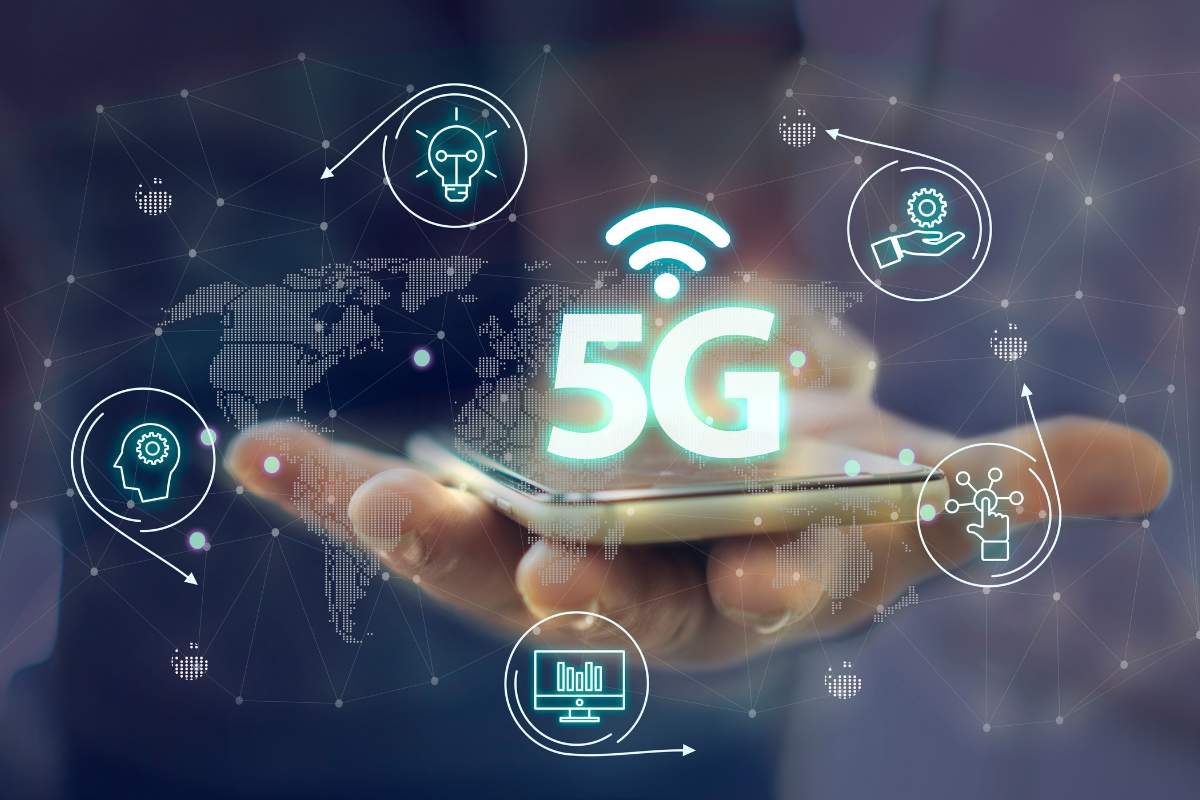
5G networks aren’t just a game of purchasing and deploying a ton of high-frequency spectrum for the telcos. There is a lot more to it, and all of it needs to happen for ensuring that 5G networks see success in India. First of all, the telcos will need to invest a lot in the ground-level infrastructure. This will include fiberisation, installing more towers and building micro-sites so that high-frequency networks can be delivered seamlessly. Then comes the spectrum into the picture. But it isn’t that simple. Even the spectrum needs to be availed to the telcos at an affordable price. If it is too expensive, the telcos will either ignore it, or the services for the end consumers will eat away their pockets.
5G in India Only Possible If Telcos Share Infra Costs
Since fiberisation and other investments for the telcos will take a lot of money and time, the telcos can share infra costs and resolve their issues faster than ever. Specially telcos such as Vodafone Idea will only be able to afford such investments when it can share infra costs with other telcos, including Bharti Airtel and Reliance Jio.
In fact, the government has recently amended the license conditions, and now the telcos can share core network elements with each other. These new rules will allow the operators in coming out with new services at record times and also save them a lot of costs for setting up the infrastructure. It is also beneficial for the sector and the country in the long run.
The faster the 5G networks will be rolled out in India; the faster India can leap ahead of other nations and become a digital country. 5G in India will only be successful if the sector and the government make a lot of wise decisions in the coming days. The installation of street furniture is also crucial. The 5G spectrum auctions are expected to take place in the first quarter of 2022, which isn’t too far away now.















